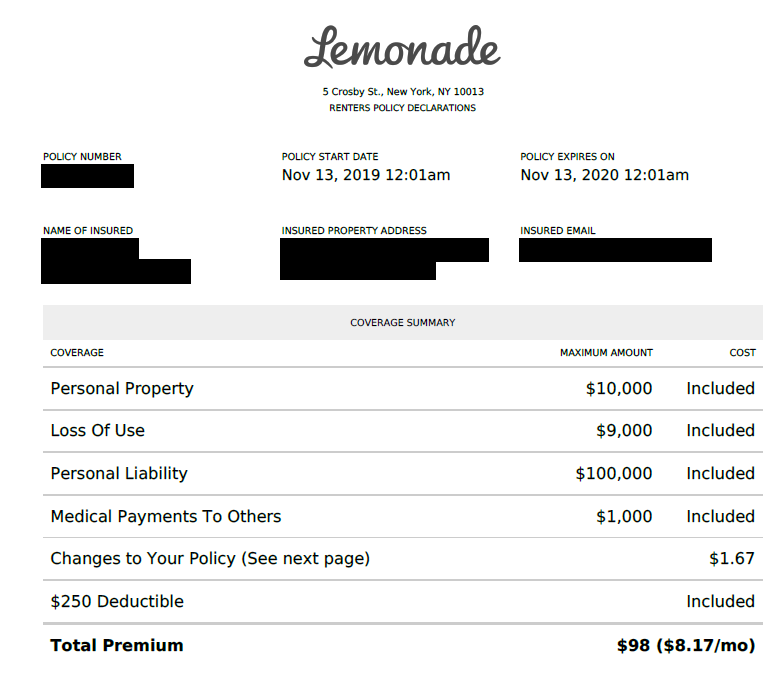
It is important to know what coverage is available for your pet when you purchase a pet insurance policy. Most plans will only cover unavoidable illnesses or accidents. But they do not cover preventative or pre-existing care. In order to get the most comprehensive coverage, you should purchase a plan with wellness benefits.
Comprehensive coverage
Comprehensive coverage includes all medical expenses for your pet. This includes vaccinations, annual wellness exams, long-term illness, and surgery. All prescription medicines, eye, ear, and antibiotics are covered. Some policies offer coverage for pre-existing medical conditions. It is important to know how much your insurance policy covers and which options would be best for your pet.
Comprehensive pet insurance covers many conditions, including those caused by hereditary disorders and illnesses. You also get ongoing care, as well as diagnostic tests and treatments. Dental care, for example, is covered up to $1,000 per year, as well as treatment for genetic disorders or other diseases. Additional, coverage for pets that are already covered under insurance continues even after they have been renewed.

Exclusions for pre-existing conditions
It is important to understand what coverage is available for your dog when you purchase pet insurance. Pre-existing conditions can be excluded from coverage. These conditions include degenerative and chronic illnesses. If your dog suffers from chronic diarrhea, for example, you might be unable to provide coverage for 12 months.
Pre-existing conditions are not covered by most pet insurance policies. However, there are exceptions. Some plans cover common conditions and illnesses that are not considered "pre-existing." Many companies also offer coverage for genetic or hereditary disorders. These policies will vary depending on the insurer.
Co-insurance excess
You may be required to pay an additional amount depending on the health status and age of your pet. Some insurance companies require you to pay this amount, while others allow it. Make sure to check your policy for any coinsurance clauses. A policy that doesn't require co-insurance is cheaper than one that does.
Compare policies to determine how much excess you will need for each condition. Some policies have a predetermined excess amount, while others have adjustable amounts. Also, consider your location and the age of your pet.

Annual deductible
Annual deductible pet plans are great for budgeting. They are also flexible, as you only have the deductible to pay once per policy year. You can take your pet to the veterinarian as many times you want. This will ensure that you don't worry about paying high vet bills for your pet every time they need it.
Pet insurance also offers a per-incident option. This deductible applies only if your pet goes to the veterinarian. Each new incident counts individually. Per-incident deductibles reset with every incident, and are not subject to annual deductibles. A per-incident or per-incident deductible is usually higher than an annual deductible. You might need to pay more each year if your pet has multiple conditions or injuries.